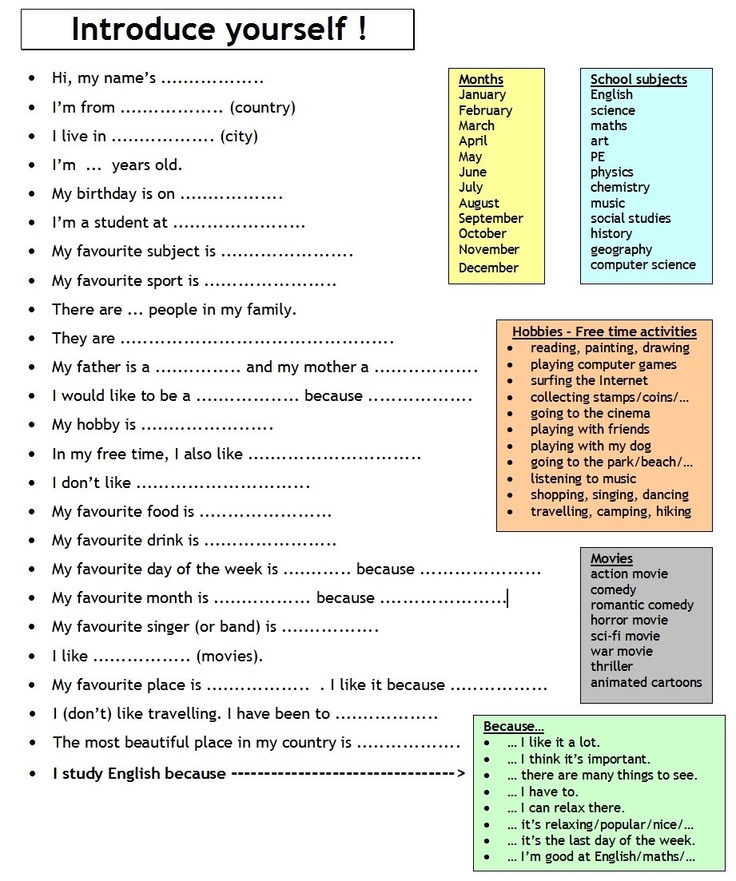Falling asleep fast can take some practice. Several relaxation methods may help individuals to get to sleep faster.
It is normal to take around 10-20 minutes to fall asleep. Some variation between people is not necessarily a sign of a problem. However, anyone routinely struggling to fall asleep may have a sleep disorder, such as insomnia.
Some people struggle to fall asleep at night, affecting their health and well-being. Below are several techniques a person may find helpful when falling asleep.
Share on PinterestSeveral techniques can help people fall asleep faster.No method can guarantee that a person will fall asleep in 10 seconds. However, the final stages of the military method might help people achieve this.
This method derives from U.S. military practices. The 1981 book Relax and win: Championship performance by Lloyd Winter gave it some popularity.
The full military method takes 2 minutes, but the final 10 seconds are the key to falling asleep:
It is important to note that no research supports the effectiveness of this method. While various online blogs and forums reference it, studies are necessary to prove it is a reliable method for falling asleep within 10 seconds.
Breathing techniques and progressive muscle relaxation may help people to fall asleep. None of these techniques can guarantee that a person will fall asleep within 2 minutes.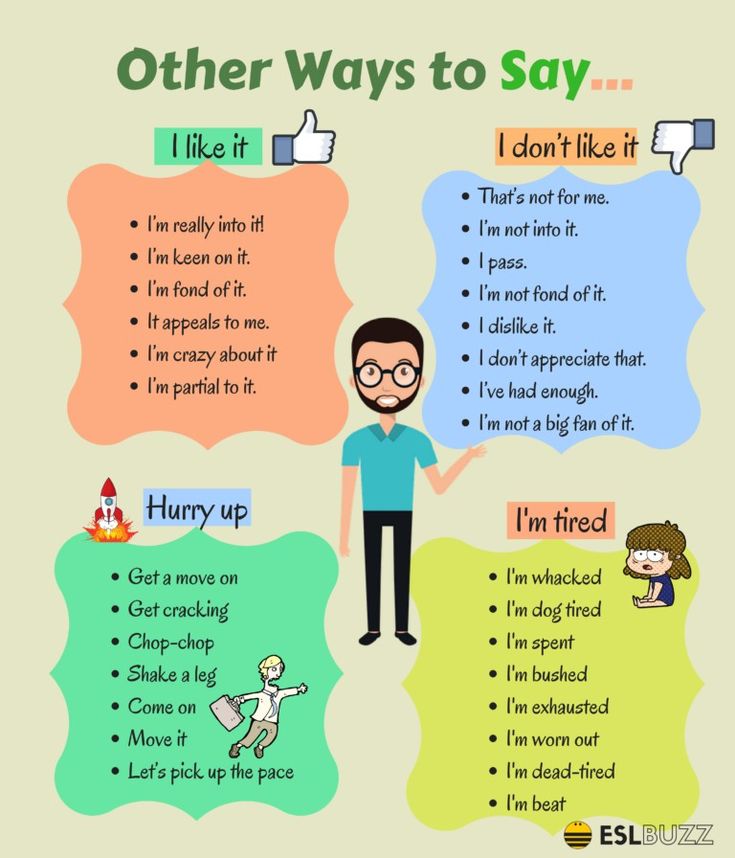
The 4-7-8 breathing method aims to use controlled breathing to aid relaxation. Dr. Andrew Weil created this technique.
Dr. Weil states that this exercise is a “natural tranquilizer for the nervous system.” It becomes more effective with practice and should help people fall asleep within minutes, once they master the technique.
Counting breaths is a straightforward but potentially effective breathing technique. To count breaths:
To count breaths:
A person will find practicing breathing techniques easier with practice.
Progressive muscle relaxation is a popular technique for those with anxiety. According to one article, it may also help individuals to fall asleep faster and to get better quality sleep.
To perform this technique, tense each group of muscles in the body before consciously relaxing them again.
Individuals may fall asleep shortly after they have finished the exercise or in the middle of it.
Guided progressive muscle meditations, available online, may be helpful for beginners.
Those who wish to fall asleep within 5 minutes can dedicate more time to sleep-inducing techniques and exercises, including those listed above. They can also try:
Guided meditations and visualizations are common types of relaxation training.
An article in JAMA Internal Medicine indicates that mindfulness-based meditation can reduce sleep problems at night and sleep-related daytime impairments.
Guided visualizations involve imagining pleasant and peaceful scenes that foster relaxation of the body and mind. People may gently drift off to sleep while meditating and visualizing relaxing scenes.
Sometimes, the pressure to fall asleep quickly can prevent individuals from nodding off. Paradoxical intention, which is loosely related to reverse psychology, can remedy this.
To practice paradoxical intention, purposely try to stay awake while in bed.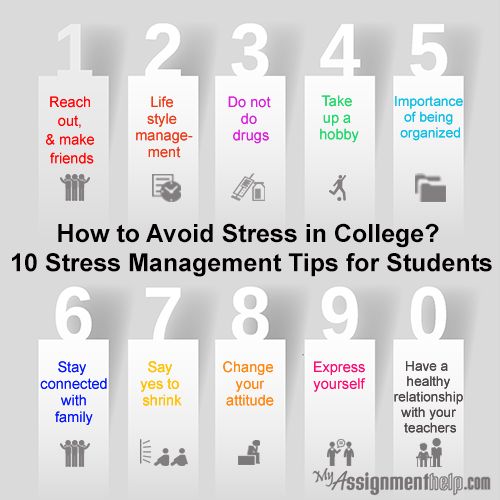 It may reduce the performance anxiety about falling asleep, allowing the anxiety to diminish.
It may reduce the performance anxiety about falling asleep, allowing the anxiety to diminish.
One article indicates mixed results for studies on paradoxical intention, with some studies showing it to be more effective than controls, while others found no benefit. However, it is worth a try, especially if other methods do not work.
Other ways to foster better sleep include:
Changing daytime and pre-bed habits can make falling asleep easier and may improve sleep duration and quality:
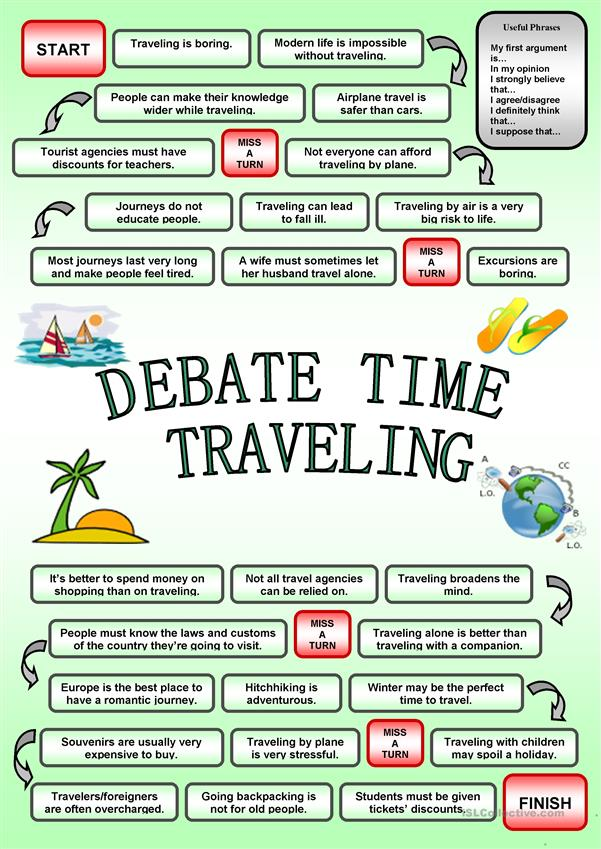
A routine tells the body that it is time for sleep. Pre-bedtime routines can be simple or elaborate, depending on a person’s schedule and preferences.
It is best to go to bed at the same time each night and get up at the same time each day. Other steps in a bedtime routine may include:
One study reports that bathing 1–2 hours before bed helped people fall asleep an average of 10 minutes faster than usual.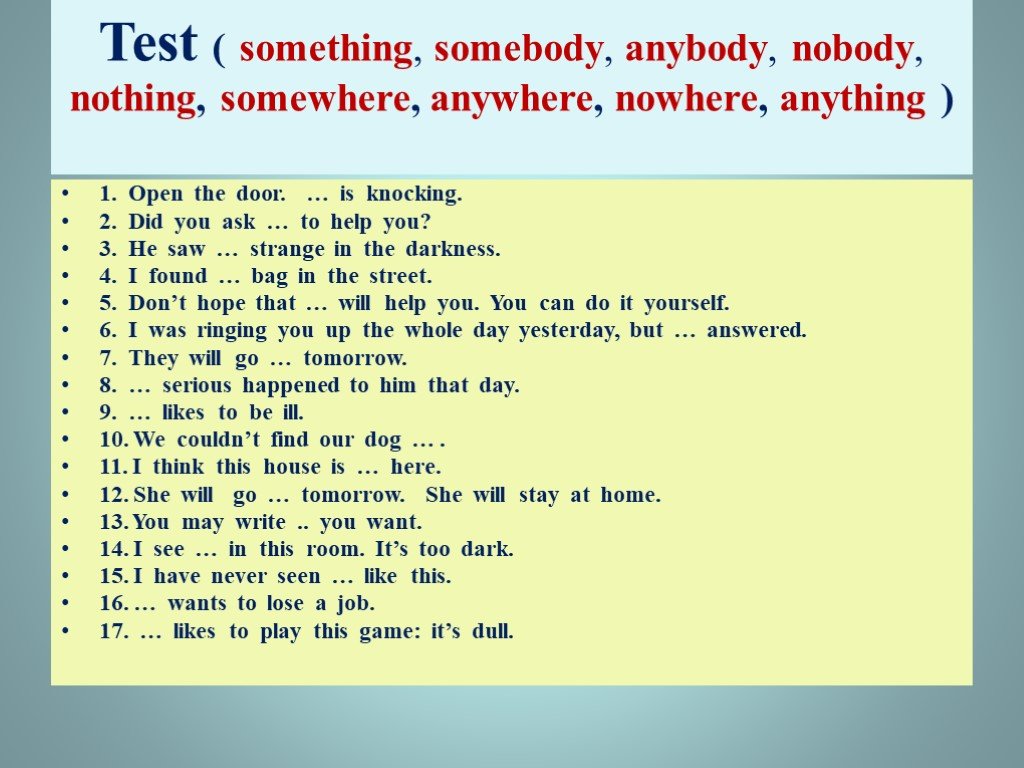 Taking a warm bath or shower allows the body to cool down afterward and signals the brain that it is time for sleep.
Taking a warm bath or shower allows the body to cool down afterward and signals the brain that it is time for sleep.
This technique involves fostering a link between an individual’s bed and sleep to improve sleep quality. People following this technique should:
People typically combine this approach with stimulus control therapy. Sleep restriction therapy involves tailoring the time spent in bed to sleep needs.
For example, those who lie in bed for 9 hours but only sleep for 7 should not spend more than 7 hours in bed.
Individuals should begin by keeping a sleep diary to work out the average amount of sleep they get. Add 30 minutes to the average sleep time to account for time spent falling sleep.
Add 30 minutes to the average sleep time to account for time spent falling sleep.
It can be helpful to work with a doctor or sleep specialist when practicing sleep restriction therapy.
Some supplements may help people to fall asleep. It is a good idea to speak to a doctor before taking any new supplements, especially for individuals who take other medications or have health conditions.
Learn more about supplements and medication for sleep here.
Children can benefit from many of the same techniques and methods as adults, including:
Getting to sleep can be a challenging task for some. It typically takes most people 10-20 minutes to fall asleep. However, certain methods and techniques can reduce this time, especially if individuals practice them regularly.
It typically takes most people 10-20 minutes to fall asleep. However, certain methods and techniques can reduce this time, especially if individuals practice them regularly.
Good sleep hygiene, a healthful sleep environment, and a bedtime routine are important factors in ensuring that people fall asleep quickly and enjoy a good quality slumber.
Those who have concerns about their sleep should see their doctor if sleep hygiene practices or other techniques do not improve sleep duration and quality.
Falling asleep fast can take some practice. Several relaxation methods may help individuals to get to sleep faster.
It is normal to take around 10-20 minutes to fall asleep. Some variation between people is not necessarily a sign of a problem. However, anyone routinely struggling to fall asleep may have a sleep disorder, such as insomnia.
Some people struggle to fall asleep at night, affecting their health and well-being.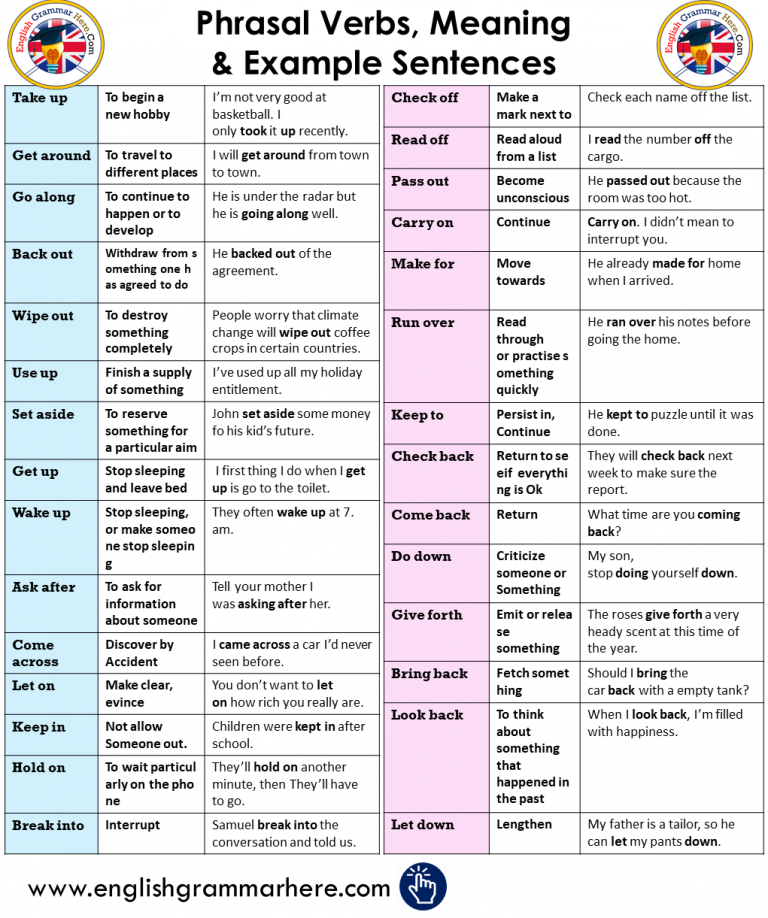 Below are several techniques a person may find helpful when falling asleep.
Below are several techniques a person may find helpful when falling asleep.
No method can guarantee that a person will fall asleep in 10 seconds. However, the final stages of the military method might help people achieve this.
This method derives from U.S. military practices. The 1981 book Relax and win: Championship performance by Lloyd Winter gave it some popularity.
The full military method takes 2 minutes, but the final 10 seconds are the key to falling asleep:

It is important to note that no research supports the effectiveness of this method. While various online blogs and forums reference it, studies are necessary to prove it is a reliable method for falling asleep within 10 seconds.
Breathing techniques and progressive muscle relaxation may help people to fall asleep. None of these techniques can guarantee that a person will fall asleep within 2 minutes.
The 4-7-8 breathing method aims to use controlled breathing to aid relaxation. Dr. Andrew Weil created this technique.
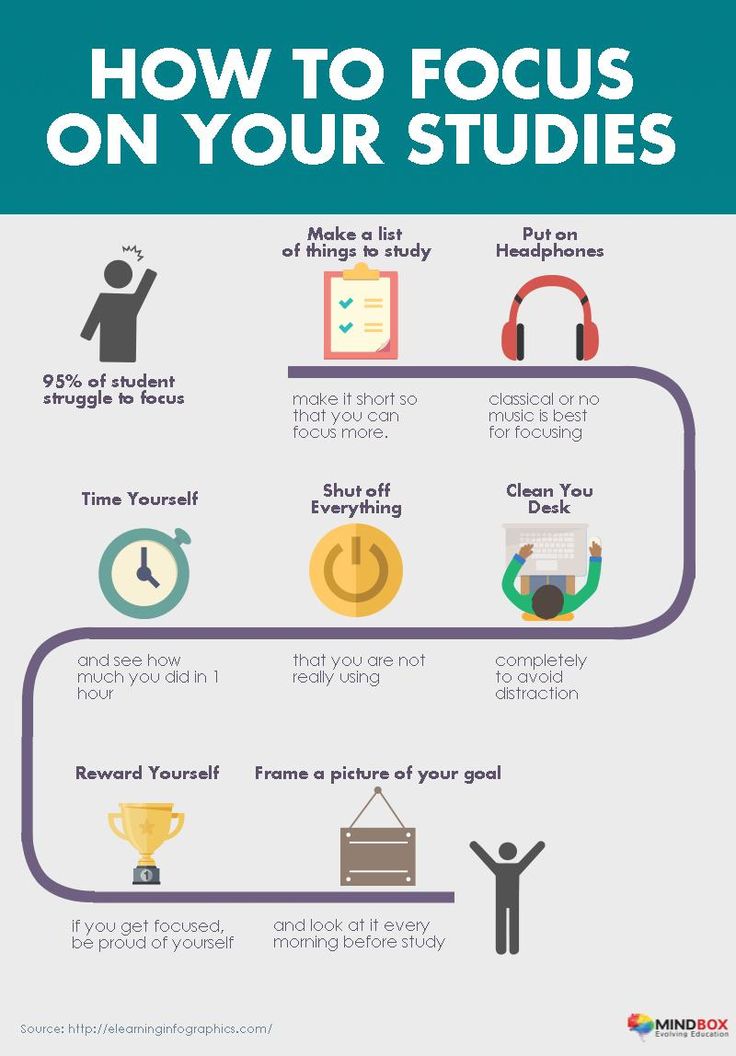
Dr. Weil states that this exercise is a “natural tranquilizer for the nervous system.” It becomes more effective with practice and should help people fall asleep within minutes, once they master the technique.
Counting breaths is a straightforward but potentially effective breathing technique. To count breaths:
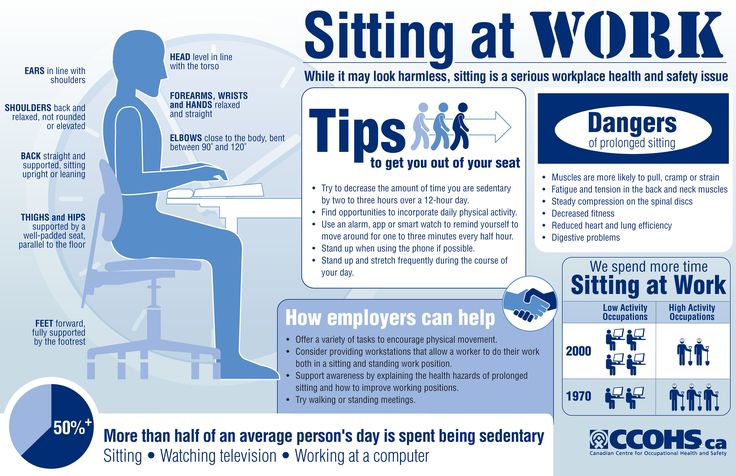
A person will find practicing breathing techniques easier with practice.
Progressive muscle relaxation is a popular technique for those with anxiety. According to one article, it may also help individuals to fall asleep faster and to get better quality sleep.
To perform this technique, tense each group of muscles in the body before consciously relaxing them again.
Individuals may fall asleep shortly after they have finished the exercise or in the middle of it.
Guided progressive muscle meditations, available online, may be helpful for beginners.
Those who wish to fall asleep within 5 minutes can dedicate more time to sleep-inducing techniques and exercises, including those listed above. They can also try:
Guided meditations and visualizations are common types of relaxation training.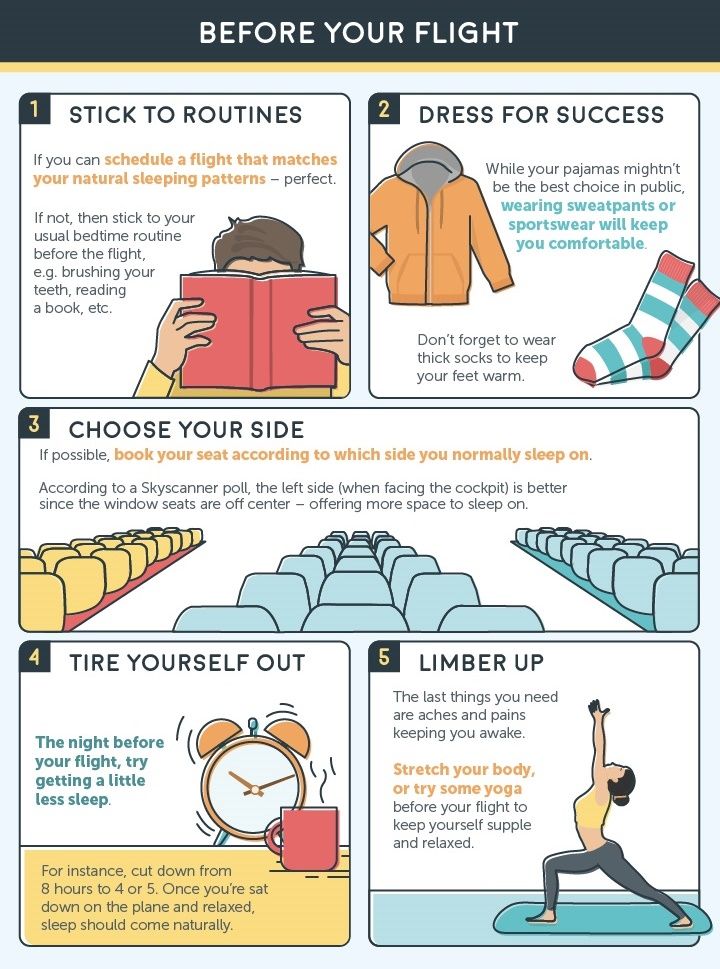
An article in JAMA Internal Medicine indicates that mindfulness-based meditation can reduce sleep problems at night and sleep-related daytime impairments.
Guided visualizations involve imagining pleasant and peaceful scenes that foster relaxation of the body and mind. People may gently drift off to sleep while meditating and visualizing relaxing scenes.
Sometimes, the pressure to fall asleep quickly can prevent individuals from nodding off. Paradoxical intention, which is loosely related to reverse psychology, can remedy this.
To practice paradoxical intention, purposely try to stay awake while in bed. It may reduce the performance anxiety about falling asleep, allowing the anxiety to diminish.
One article indicates mixed results for studies on paradoxical intention, with some studies showing it to be more effective than controls, while others found no benefit. However, it is worth a try, especially if other methods do not work.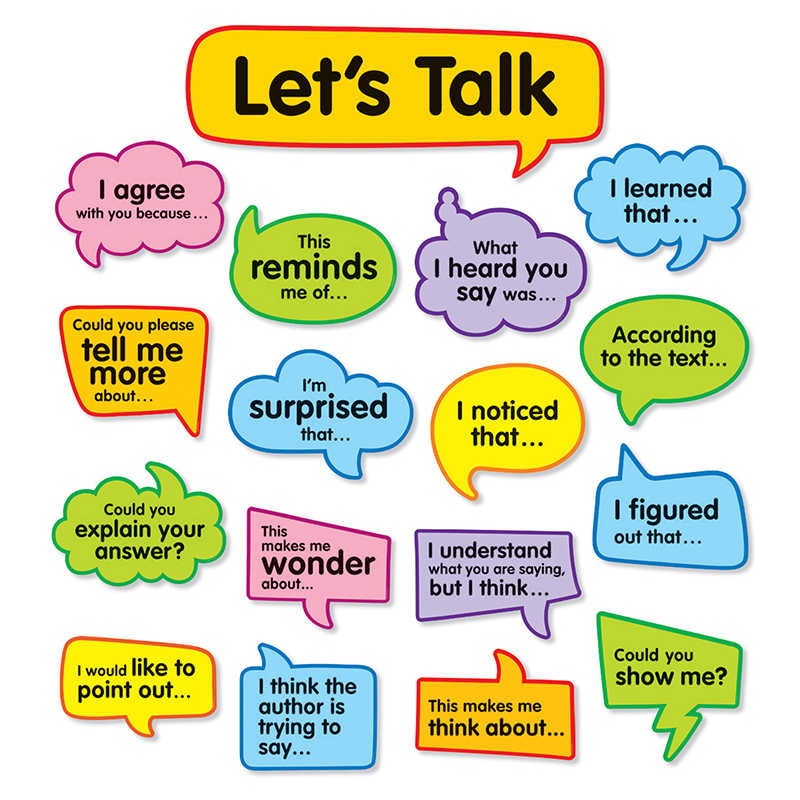
Other ways to foster better sleep include:
Changing daytime and pre-bed habits can make falling asleep easier and may improve sleep duration and quality:
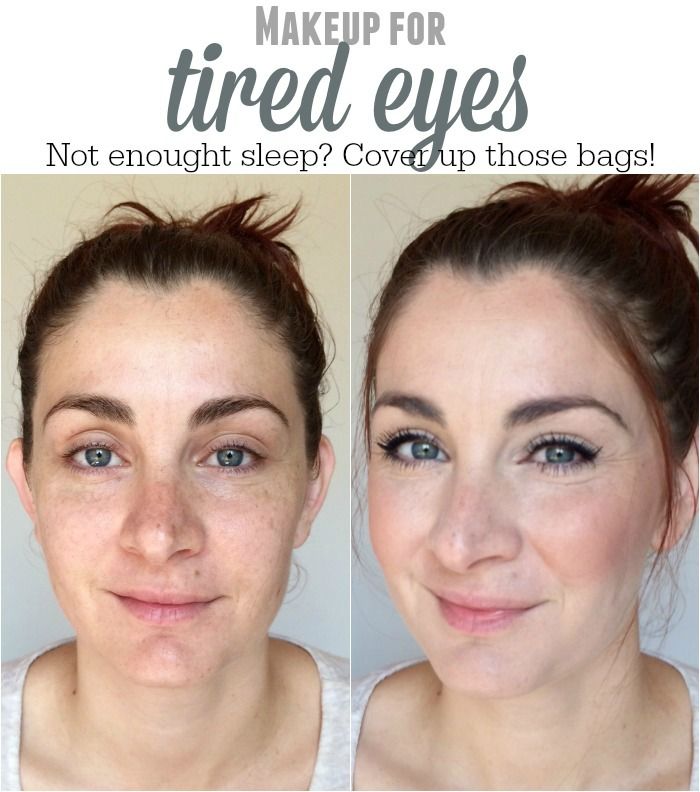
A routine tells the body that it is time for sleep. Pre-bedtime routines can be simple or elaborate, depending on a person’s schedule and preferences.
It is best to go to bed at the same time each night and get up at the same time each day. Other steps in a bedtime routine may include:
One study reports that bathing 1–2 hours before bed helped people fall asleep an average of 10 minutes faster than usual. Taking a warm bath or shower allows the body to cool down afterward and signals the brain that it is time for sleep.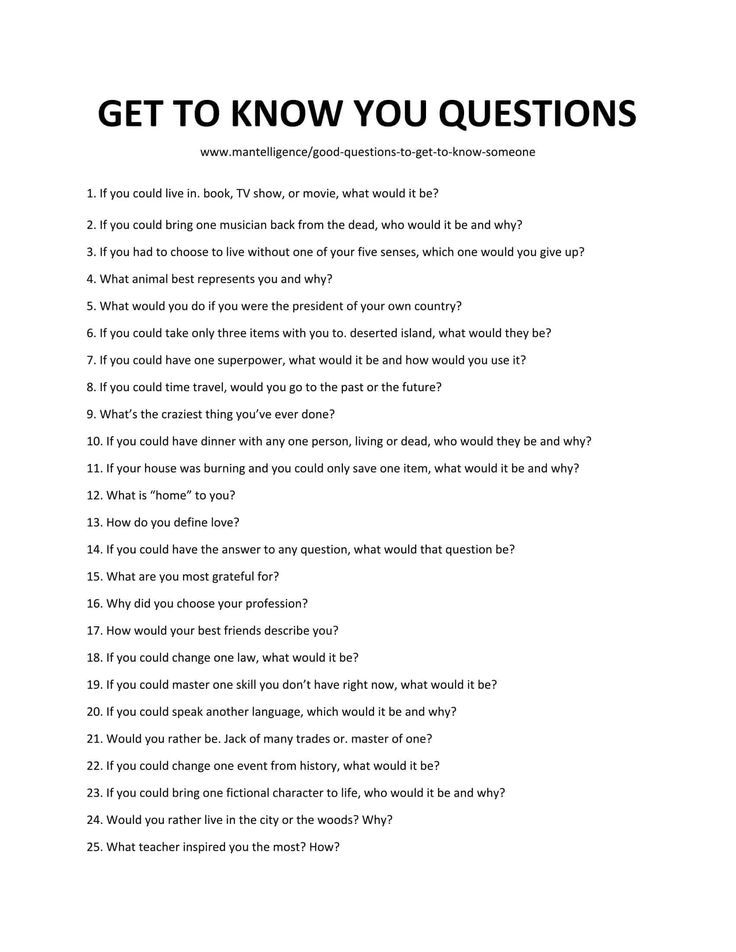
This technique involves fostering a link between an individual’s bed and sleep to improve sleep quality. People following this technique should:
People typically combine this approach with stimulus control therapy. Sleep restriction therapy involves tailoring the time spent in bed to sleep needs.
For example, those who lie in bed for 9 hours but only sleep for 7 should not spend more than 7 hours in bed.
Individuals should begin by keeping a sleep diary to work out the average amount of sleep they get. Add 30 minutes to the average sleep time to account for time spent falling sleep.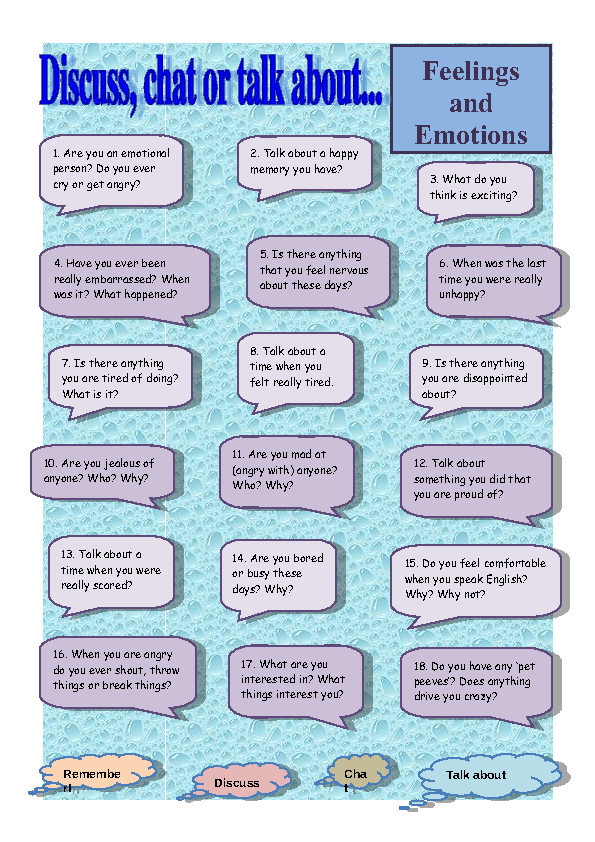
It can be helpful to work with a doctor or sleep specialist when practicing sleep restriction therapy.
Some supplements may help people to fall asleep. It is a good idea to speak to a doctor before taking any new supplements, especially for individuals who take other medications or have health conditions.
Learn more about supplements and medication for sleep here.
Children can benefit from many of the same techniques and methods as adults, including:
Getting to sleep can be a challenging task for some.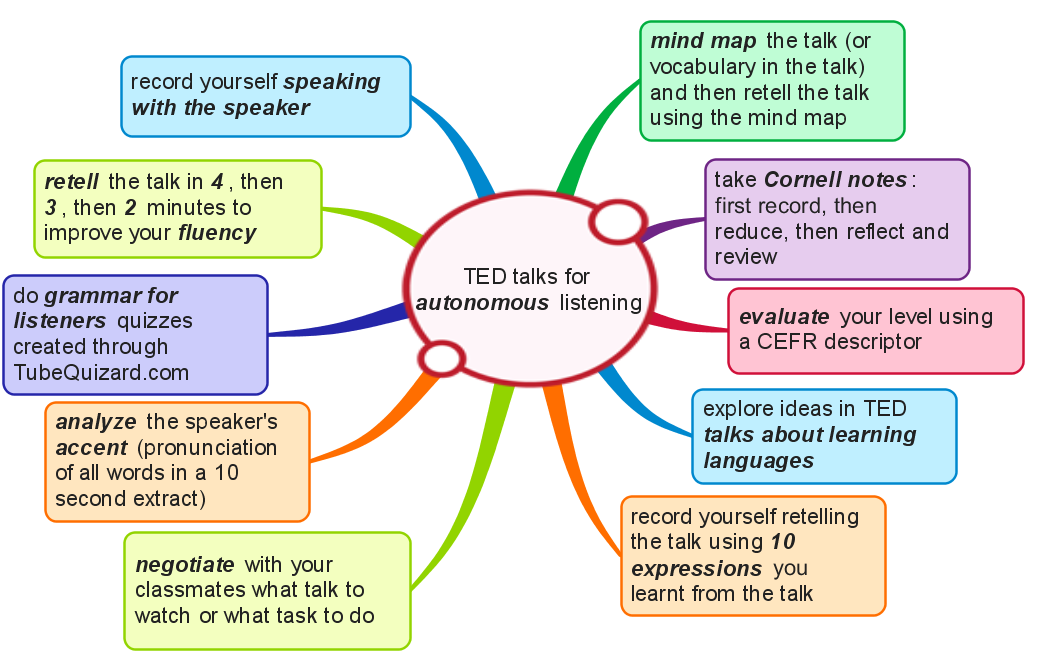 It typically takes most people 10-20 minutes to fall asleep. However, certain methods and techniques can reduce this time, especially if individuals practice them regularly.
It typically takes most people 10-20 minutes to fall asleep. However, certain methods and techniques can reduce this time, especially if individuals practice them regularly.
Good sleep hygiene, a healthful sleep environment, and a bedtime routine are important factors in ensuring that people fall asleep quickly and enjoy a good quality slumber.
Those who have concerns about their sleep should see their doctor if sleep hygiene practices or other techniques do not improve sleep duration and quality.
According to statistics, more than 50% of Russians suffer from sleep disorders. Yes, and you probably had situations when you seemed to be tired, but you didn’t want to sleep at all. Let's talk about the most effective methods that will help you fall asleep.
Don't have a heavy dinner, the best time for the last meal is 2 hours before bedtime. Take a warm shower or soothing bath with aromatic and relaxing oils (you can buy them at any store). Then you can drink warm milk with honey.
Take a warm shower or soothing bath with aromatic and relaxing oils (you can buy them at any store). Then you can drink warm milk with honey.
Be sure to ventilate the room and prepare the bed. Remember that bedding should be made from natural and hypoallergenic fabrics. Change it once a week. Choose a pillow of medium firmness. For maximum relaxation, turn on calm pleasant music or just sit for 10 minutes in silence. You should not watch TV, and put your phone away until morning.
Pay attention to the posture - in most cases, an uncomfortable position just prevents you from falling asleep.
The most popular method is breathing exercises, which were practiced in ancient India. There are several options.
1. Place the tip of the tongue on the palate behind the upper teeth;
2. Inhale deeply, slowly counting to four;
3. Hold your breath for 7 seconds;
4. Make a noisy long exhalation for 8 seconds;
5.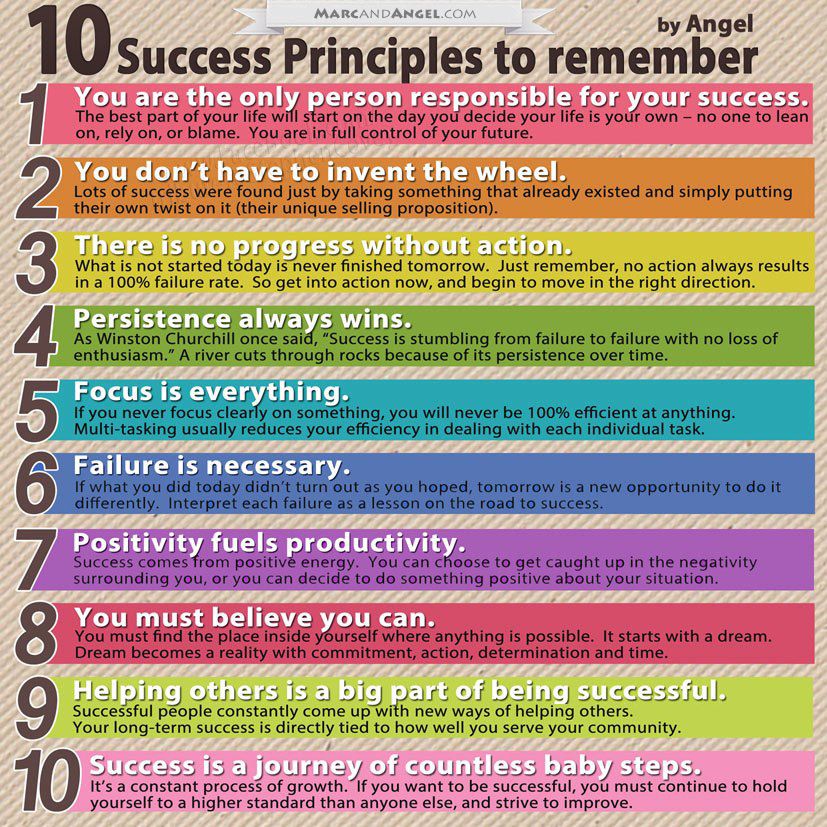 Repeat until you get tired.
Repeat until you get tired.
Such breathing practices have a sedative effect on the body and slow the heart rate, which calms the brain and relaxes the body. The 4-7-8 technique is considered one of the most popular and effective, it will take you just a minute to fall asleep.
1. Inhale and exhale for each count. For example, inhale - one, exhale - two, inhale - three, and so on up to ten;
2. Concentrate on each number and relax;
3. After ten, start over and repeat the exercise three times.
1. Take a comfortable position and close your eyes;
2. Open and close your eyes at regular intervals (for example, on inhalation and exhalation).
This practice helps the body to relax faster and slow down the brain.
To do this, you will have to master the Chinese method of activation of active points. The exposure time for each is 30 seconds, and you need to move clockwise.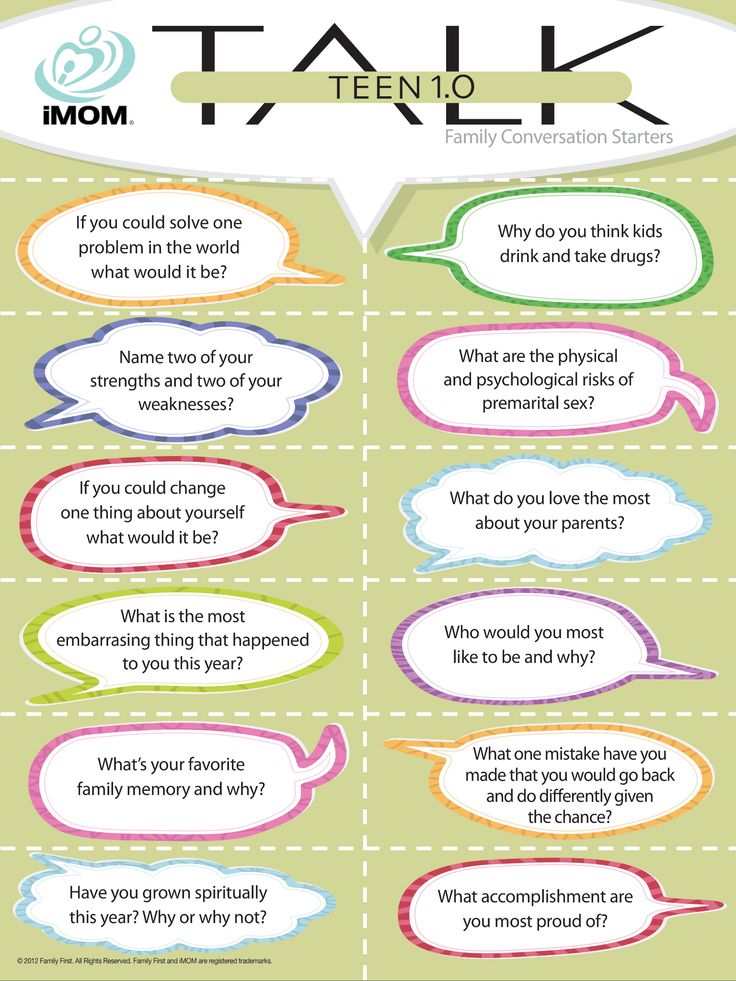
With heated fingers, massage the earlobe, moving towards the top of the auricle;
Press with your index finger on the point between the eyebrows and massage with “twisting” movements;
Do the same in the temporal area.
Repeat the set of exercises twice.
Equipment used by special services will help you fall asleep at any time of the day. They say Suvorov practiced it. And it is easy to repeat it:
1. Lie on your back, stretch your arms along the body and relax;
2. Imagine yourself in a quiet place, such as a beach or a flowered garden;
3. Close your eyes and roll your eyes up.
Do you spend more time trying to fall asleep than sleeping? You are not alone. Effort only causes an anxiety state that does not allow the brain to relax. And if the brain is not going to sleep, then it is difficult for the body to resist it.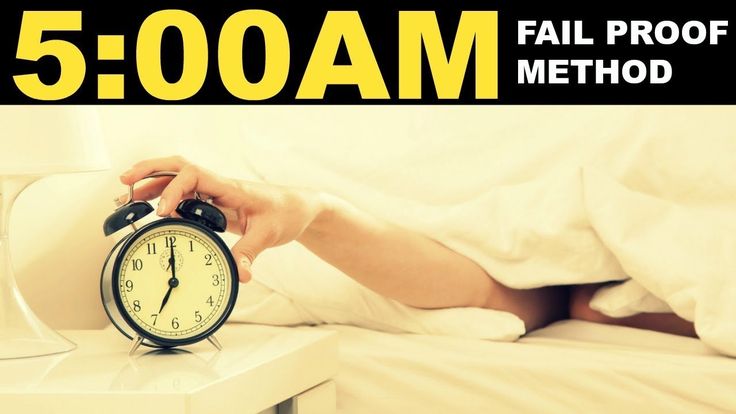 But there are science-proven tricks that will help you safely “turn off” the body in a matter of seconds. Let's talk about some of them.
But there are science-proven tricks that will help you safely “turn off” the body in a matter of seconds. Let's talk about some of them.
Military method, or How to fall asleep in 10 seconds
Note: the move described below takes 120 seconds, but the last 10 seconds have been observed to be decisive.
Lloyd Winter's book Relax and Win: Championship Performance talks about a US Navy pre-flight school program that helps pilots fall asleep in two minutes or less. It took six weeks of practice to master the skill, but then it worked even after a cup of coffee or gunshots heard nearby. They say that the method helps even those who have to sleep sitting up.
Manual
1. Relax your entire face, including your mouth muscles.
2. Lower your shoulders to relieve tension. Leave your arms hanging down at your sides.
3. Exhale and relax your chest.
4.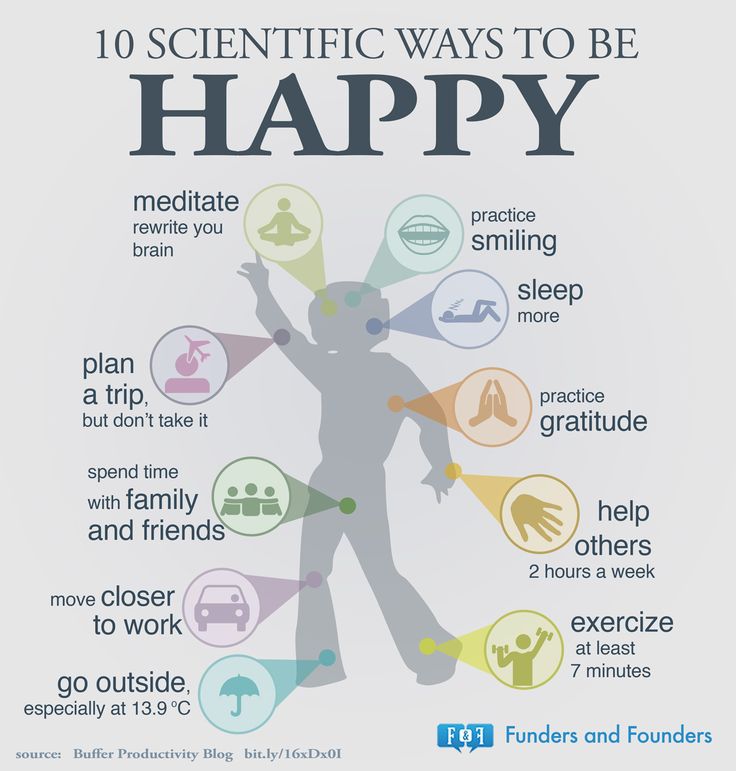 Relax your legs, thighs and calves.
Relax your legs, thighs and calves.
5. Imagine something soothing and don't think about anything else for the next 10 seconds.
6. If the previous point does not work, say the words "do not think" over and over again for 10 seconds.
7. Here you should already be sleeping.
Didn't work the first time? Then you have to practice for some time to breathe properly and relax your muscles. In addition, the effectiveness of the method can be affected by attention deficit hyperactivity disorder and increased anxiety. Don't despair, we have a few more tips.
Breathing and Muscle Relaxation, or How to Fall Asleep in 60 Seconds
The next two techniques focus on the breath and muscles, allowing you to take your mind off the thoughts and get back to sleep. For beginners, they may take a little longer, with practice the efficiency increases.
Breathing method 4-7-8
Note: If you have a respiratory condition such as asthma or COPD, check with your doctor to avoid making your symptoms worse.
Manual
1. Prepare: Raise the tip of your tongue to a spot on the roof of your mouth behind your two front teeth. Keep it there throughout the exercises.
2. Part your lips slightly and exhale through your mouth, making a whistling sound.
3. Close your lips and inhale quietly through your nose while counting to four.
4. Hold your breath for seven seconds.
5. Exhale with a whoosh, counting to eight.
6. Repeat four times. Do not get hung up on the accuracy of execution, try to do it thoughtlessly. Let the body fall asleep if you feel that relaxation has come earlier than expected.
excellent
gift
new
I want this
-30%
excellent
gift
I want this
Progressive muscle relaxation (PMR)
The point is to tense and then relax the muscles.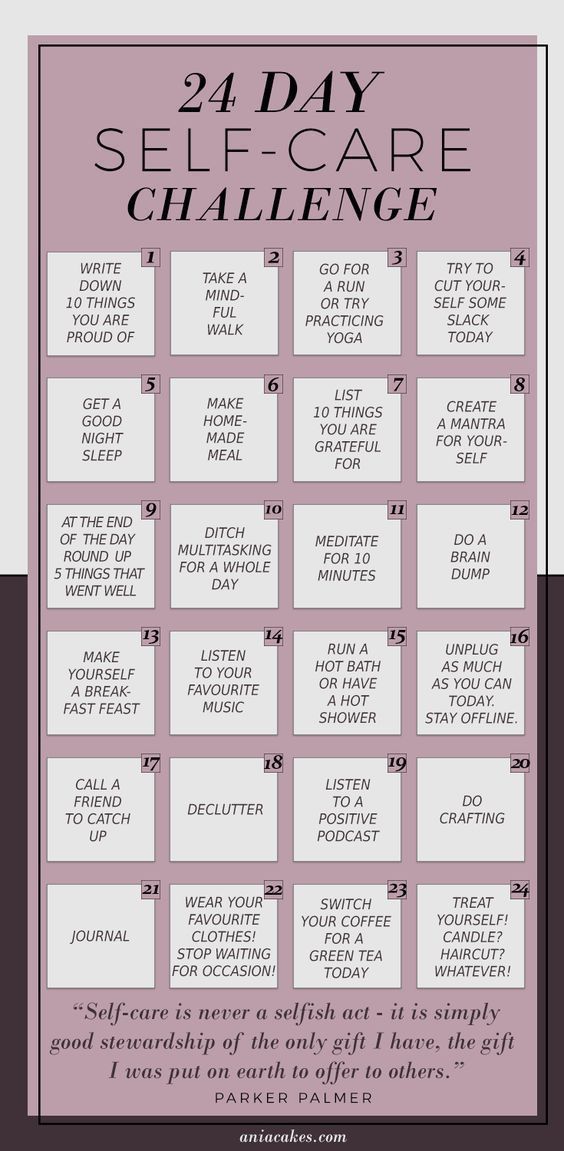 Exercise helps to achieve calmness in the whole body. Before starting, use the 4-7-8 method, imagining how tension leaves the body when you exhale.
Exercise helps to achieve calmness in the whole body. Before starting, use the 4-7-8 method, imagining how tension leaves the body when you exhale.
Manual
1. Raise your eyebrows as high as possible for 5 seconds.
2. Then lower and feel the tension go away. Wait 10 seconds.
3. Smile broadly to feel the tension in your cheeks. Hold this facial expression for 5 seconds and relax.
4. Pause 10 seconds.
5. Squint with closed eyes. Hold for 5 seconds and relax.
6. Pause 10 seconds.
7. Slightly tilt your head back so that you can comfortably look at the ceiling. Hold for 5 seconds, and then relax and lower your neck onto the pillow.
8. Pause 10 seconds.
9. Continue to tense and relax the muscles in the same pattern, moving down - from the triceps to the chest, from the hips to the feet.
10. Allow yourself to fall asleep, even if you don't make it to the end.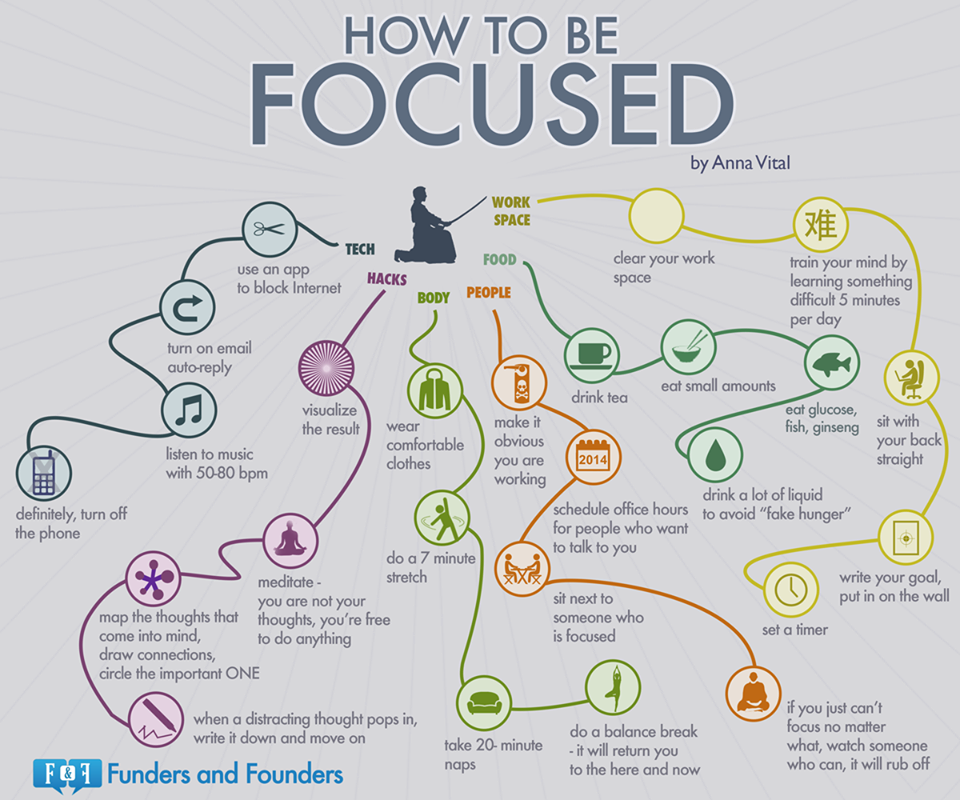
While doing the exercise, focus on how relaxed and heavy your body feels when you feel good and comfortable.
Heavy artillery, or how to fall asleep in 120 seconds
If the previous methods didn't work, try these.
Forbid yourself to fall asleep
Surprisingly, such a paradoxical intention can be a good way. For those who suffer from insomnia, trying to sleep increases their anxiety levels. As soon as you stop forcing yourself, you relax and fall asleep.
Imagine a quiet place
If counting is too active in your brain, try using your imagination. In a 2002 study, Oxford University researchers found that people who did this fell asleep faster than those who simply tried to relax and received no guidance.
Manual
Instead of counting sheep, try imagining a peaceful environment and the sensations associated with it, such as a waterfall, rushing water, an echo, the smell of damp moss.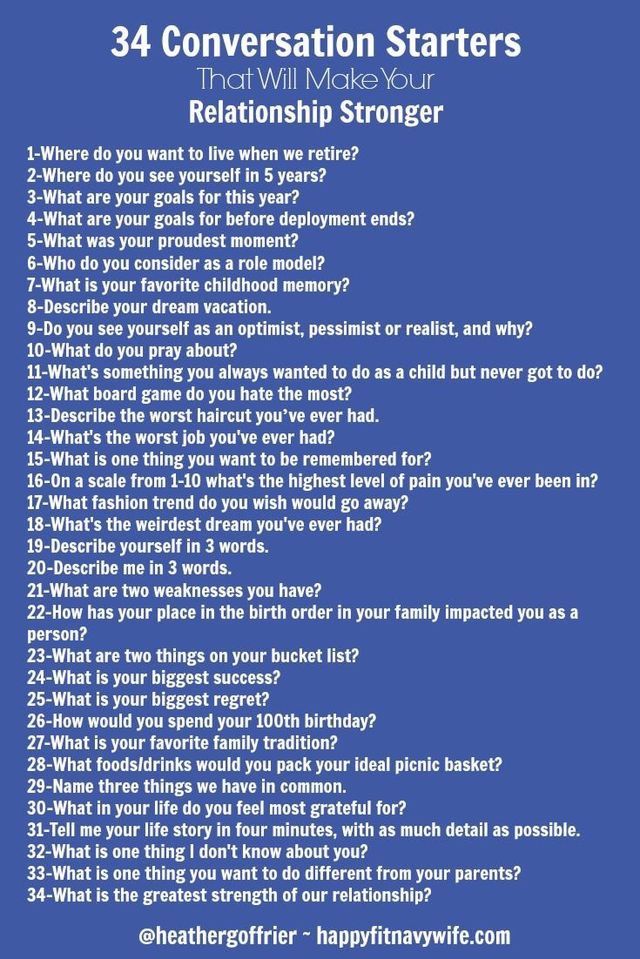 It is important that this image is imprinted in your brain and replaces the kaleidoscope of thoughts and worries.
It is important that this image is imprinted in your brain and replaces the kaleidoscope of thoughts and worries.
Acupressure
While there is not enough research to say that acupressure works 100%. However, it is a very promising technique.
One method is to apply pressure to areas where there is particular tension (upper bridge of the nose, temples). There is also a set of exercises for insomnia. Some of them can be done in the supine position.
Spirit Gate
1. Find a small hole on the inside of the wrist from the side of the little finger.
2. Gently press it in a circular motion for 2-3 minutes.
3. Press lightly on the left side of this point (facing the palm) for a few seconds, and then hold the right side (turning the palm away from you).
4. Repeat the manipulations with the other hand.
"Inner Border Gate"
1. Turn your palm over to your face and place three fingers down from the crease of your wrist.
Turn your palm over to your face and place three fingers down from the crease of your wrist.
2. With your thumb, apply even pressure to this point midway between the two tendons.
3. Massage in circular motions until you feel muscle relaxation.
Pool Wind
1. Put your palms together and open them to form a kind of bowl.
2. Then put your hands in this position to the base of the skull from behind so that the thumbs touch the junction of the neck and head.
3. Apply deep and steady pressure to the area, massaging it in a circular or upward motion.
4. Breathe deeply and notice how your body relaxes as you exhale.
Maximum training
If you have tried these methods and still cannot fall asleep within two minutes, check the following points:
- hide the clock
- Take a warm shower before bed
- open a window to ventilate the room,
- put on socks
- practice soft yoga for 15 minutes,
- put the phone away from the bed,
– arrange an aromatherapy session with lavender, chamomile or sage oils,
Eat dinner early to avoid stomach stimulation before bed.